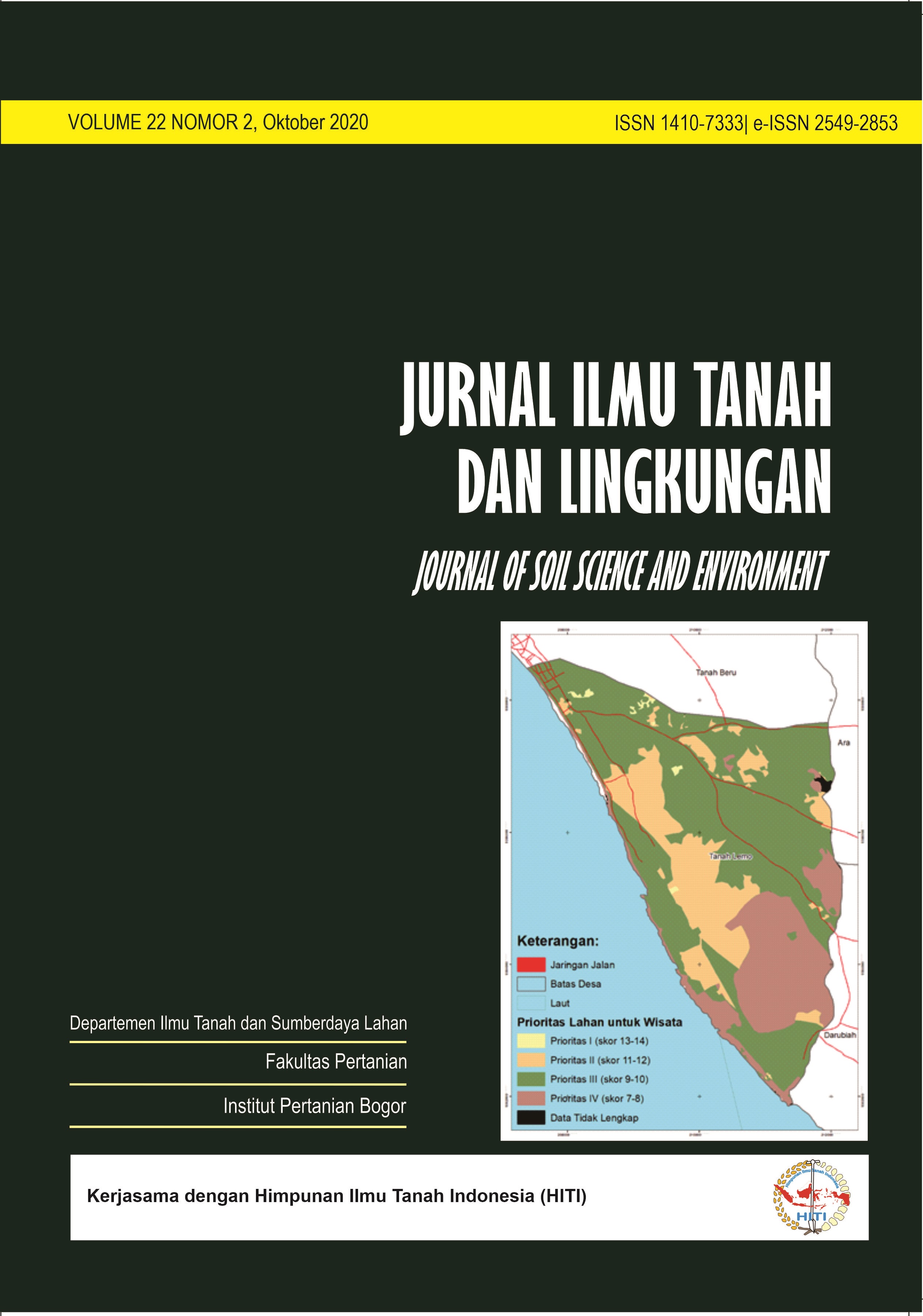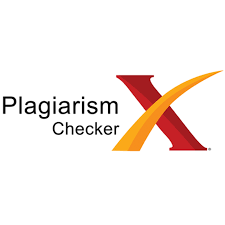Environmental Health Risk Analysis Due to Exposure Nitrit and Cadmium from Well Water on Tarus Village
Analisis Risiko Kesehatan Lingkungan Akibat Paparan Nitrit dan Kadmium dari Air Sumur di Kelurahan Tarus
Abstract
Well water of Tarus might have been contaminated with nitrite and cadmium due to over usage of SP-36 and urea fertilizers. Therefore, a piece of descriptive experimental research has been initiated in Kelurahan Tarus to compare nitrite and cadmium contents in well water with the official standards or raw drinking water and to analyze the risk of nitrite and cadmium to human health. Ten water samples were extracted each from wells located in the rice field and residential areas. Nitrite and cadmium were derived from spectrophotometry and AAS analyses, respectively. Official raw drinking water standards were according to PP 82 Tahun 2001 and PerMenKes 492 Tahun 2010. Human health risk prediction was based on the Public Health Assessment. Results show that there were three and five wells in the rice field and residential areas detected as containing nitrite; however, the concentrations were lower than the official standard for raw drinking water. Whereas for cadmium, there were eight and seven wells in the rice field and residential areas, respectively, detected with levels higher than the official standard. Risk analysis revealed that nitrite is considered to be safe for human health; while cadmium imposed some risks. There were 14, 12, 10, and three wells can impose a risk to human health in 30, 20, 10, and five years, respectively. It is, therefore, recommended that cautions have to be taken when consuming water from the cadmium contaminated well e.g. through reduction of the amount of water consumption, water treatment, and reduction in fertilizer use for the area.
Downloads
References
Agency for Toxic Subtance and Desease Registry. 2005. Public Health Assessment Guadance Manual. US Departemen of Health and Human Services. USA
Agency for Toxic Subtance and Desease Registry. 1999. Toxicological Profile for Cadmium. US Departemen of Health and Human Services. USA
Agency for Toxic Subtance and Desease Registry. 2012. Toxicological Profile for Cadmium. US Departemen of Health and Human Services. USA
Akiwumi, O.O., O.A. Elleta and O. Odebunmi. 2012. Analysis of nitrates and nitrites in groundwater of ilorin environs. Journal of Environmental Scince and Engineering, A 1:656-662.
Alloway, B.J. and D.C. Ayres. 1993. Chemical principles of environmental pollution. Blackie academic & Professional. London. UK.
Arikunto, S. 2002. Prosedur penelitian (Suatu Pendekatan Praktek). Penerbit Rineka Cipta. Jakarta.
Aswadi, M. 2006. Pemodelan fluktuasi nitrogen (nitrit) pada aliran sungai Palu. Smartek Sipil Mesin Arsitektur Elektro. Fakultas Teknik-Universitas Tadulako. Palu.
Badan Standar Nasional. 2008. Standar Nasional Indonesia (SNI) 6989.58:2008. Air dan air limbah – Bagian 58: Metoda pengambilan contoh air tanah. Banten.
Badan Standar Nasional. 2004. Standar Nasional Indonesia (SNI) 06-6989.9-2004. 2004. Air dan air limbah – Bagian 9: Cara uji nitrit (N-NO2) secara spektrofotometri. Banten.
Badan Standar Nasional. 2009. Standar Nasional Indonesia (SNI) 6989.16:2009. 2009. Air dan air limbah Bagian 16: Cara uji kadmium (Cd) secara Spektrofotometri Serapan Atom (SSA)-Nyala. Banten.
Bryan, N.S. and J. Lozcalso. 2011. Nitrite and nitrate in human health and disease. Humana Press. United State of America.
Dimopoulus, M., M. Chalkiadaki, M. Dassenakis and M. Scoullos. 2003. Quality of ground water in western thesally the problem of nitrate pollution. Global Nest International Journal, 5(3): 185-191.
Effendi, H. 2003. Telaah kualitas air bagi pengelolaan sumberdaya dan lingkungan perairan. Penerbit Kansius. Yogyakarta.
Genafati, S.P., Istiqomah dan Purwanto. 2005. Pengelolaan air minum sumur gali untuk rumah tangga secara aerasi, filtrasi dan disinfeksi. Jurnal Teknologi Lingkungan, P3TL-BPPT, 6(1): 262-267.
Peraturan Pemerintah Nomor 82. 2001. Pengelolaan kualitas air dan pengendalian pencemaran air.
Peraturan Menteri Kesehatan Republik Indonesia. Nomor 492. 2010. Persyaratan kualitas air minum.
Raja, G. and P. Vankatesan. 2010. Assesment of groundwater polution and its impact in and around Punnam area of Karur District, Tamilnadu, India. E-Journal of Chemistry, 7(2): 473-478.
Rawat, S.K., R.K. Singh and R.P. Singh. 2012. Remediation of nitrite contamination in ground and surface waters using aquatic macrophytes. Journal Environmental Biol., 33: 51-56.
Slamet, J.S. 2002. Kesehatan lingkungan. Gadjah Mada University Press. Yogyakarta.
Sugiyono. 2007. Statistika untuk penelitian. Penerbit Alfabeta. Bandung.
Suwari, 2011. Inventarisasi sumberdaya air pulau Timor propinsi Nusa Tenggara Timur. Pusat Penelitian Lingkungan Hidup-Universitas Nusa Cendana. Kupang.
Tiwari, R.N. 2011. Assesment of groundwater quality and pollution potential of Jawa Block Rewa District, Madhya Pradesh, India. Proceeding of the International Academy of Ecology and Environmental Sciences, 1(3-4):202-212
UNESCO’S International Hydrological Programe. 2011. The Impact of Global Change on Water Resources.
Utama, H. 2007. Keracunan nitrat-nitrit. Didownload November 2012.
Villa, I.G. 2010. Agriculture contamination of subterranean water with nitrates and nitrites: An Evironmental and Public Health Problem. Journal of Agricultural Science, 2(2): 17-30.
Department of Soil Science and Land Resources Departemen Ilmu Tanah dan Sumberdaya Lahan, Faculty of Agriculture Fakultas Pertanian, IPB University



















